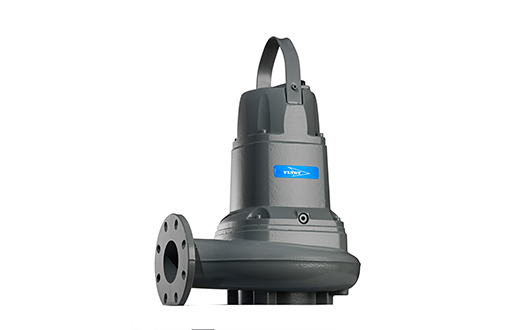
Most wastewater aeration facilities are huge and complex. They treat millions of gallons a day. All that work uses a lot of power. The power necessary to run treatment plants costs a lot of money. Wastewater treatment plants’ energy costs have risen. Aeration is among the primary tools for wastewater treatment, especially in the second phase of treatment. Aeration has electrical systems that consume a lot of energy. The demand can vary from one plant to the other depending on specific site circumstances. In a large treatment plant or one that has heavy mixing requirements, the blowers use a lot of energy.
Reducing the energy costs
The best way to reduce energy costs for aeration systems is to increase the efficiency of the system. Plants can increase the efficiency of an aeration system and reduce the cost of energy in numerous ways. They can upgrade or change the type of equipment used. They can also customise their systems so that they can calibrate precisely for the size of the plant and the treatment goals. They can also make use of the monitoring systems to gain real-time system information with just one click and make informed decisions about maintenance or address any emerging problems. Here are some ways to increase aeration efficiency and reduce costs.
Install fine bubble diffusers
It is important to install fine diffusers rather than installing mechanical diffusers or coarse bubble diffusers. Fine bubble diffusers have membranes of small holes – about one to three millimeters in diameter and thus a high density of holes per diffuser used in wastewater aeration equipment.
The small bubbles are slower than the larger ones when it comes to rising hence optimizing bubble retention time and this allows for the transfer of more oxygen per volume of the air supplied. Numerous small bubbles provide more surface area than a few large bubbles. This increases the surface area and leads to enhanced transfer of oxygen. Using fine bubble diffusers reduces energy by about 75%.
Consider a high-density aeration system
You can use membrane diffusers that are made to function at low airflow rates. The benefits of using this type of system include uniform distribution of oxygen and very high OTE throughout the tank. The main disadvantage is the high cost.
Using an appropriately sized system
It is important to ensure proper sizing when designing efficient surface aerators for your treatment plant. Using more diffusers will distribute oxygen more evenly and lead to greater efficiency. On the other hand, using fewer diffusers will lead to reduced system efficiency and higher costs.
Use correctly sized blowers
The blowers of a wastewater aeration system must be large enough to ensure the system operates at full power without damaging the system diffusers. The system should have a minimum 5:1 ratio of turndown. To increase turndown, a facility can replace large blowers with smaller blowers, use inlet throttling to change the airflow of the blowers or use variable frequency drives. Making this change can reduce power usage by about 9%.







